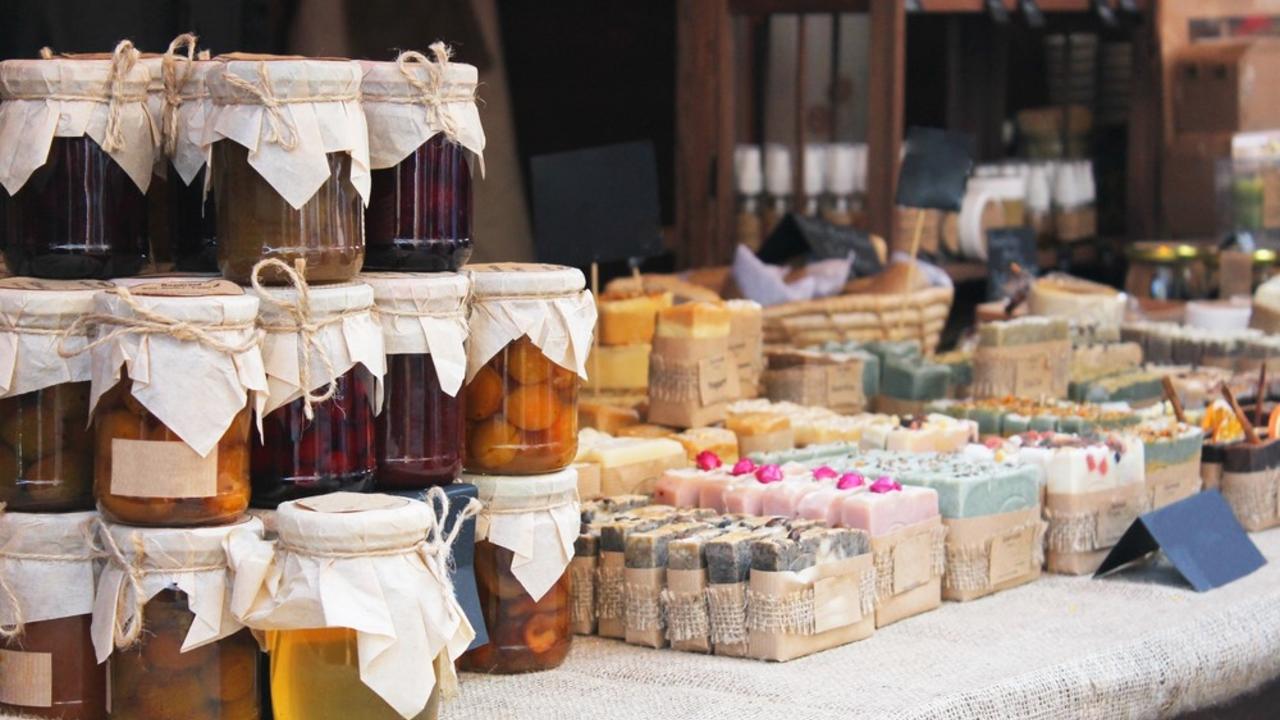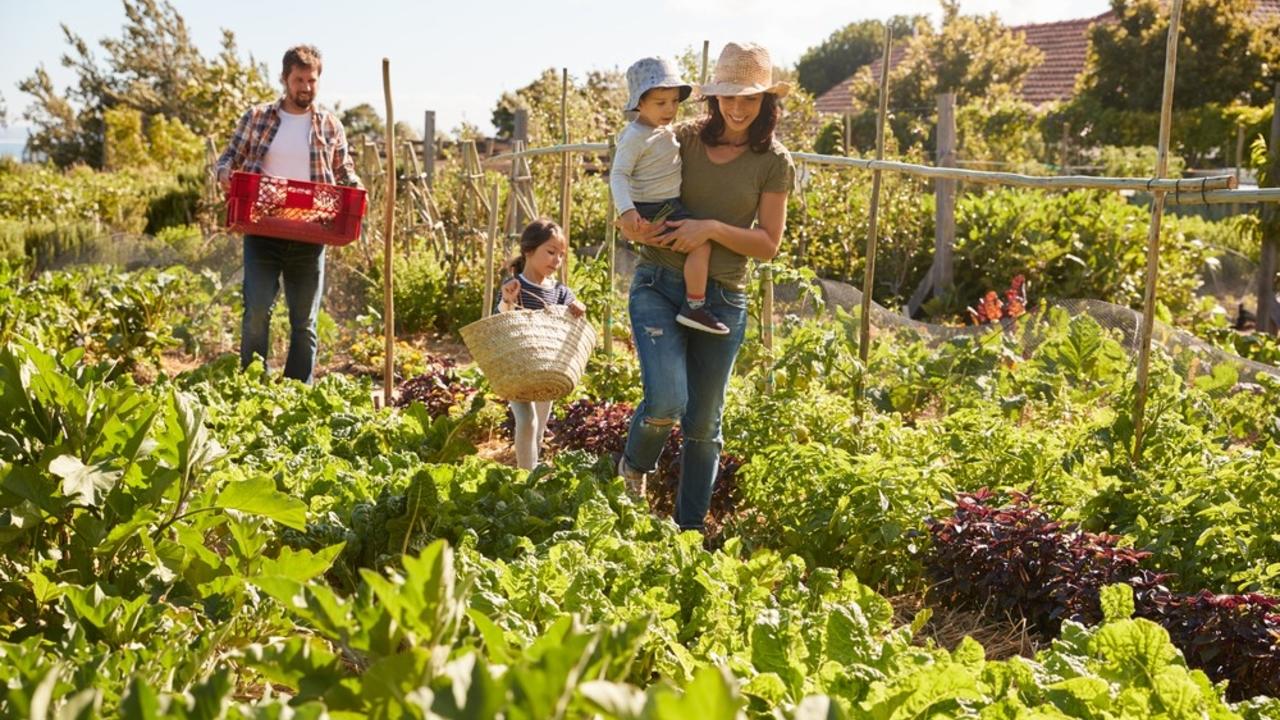Sustainable wellbeing and green living
Let's find ways to Flourish!
Just Transition

As we transition away from an extractive economic model based on the use of fossil fuels, we must do so in a way that leads to repairing the past and present harms of environmental racism. Communities affected by industrial pollution, climate change and unsafe labour conditions are disproportionately communities of colour, Indigenous, Black and lower income people. A “Just Transition'' means that communities affected by the pollution, unsafe labour conditions, and unfair economic conditions lead the transition through a bottom-up approach, rooted in civil rights and social justice.
In order to adequately address the climate crisis, which is one of the most urgent issues currently facing humanity, there is a need to transition from an extractive economy to a regenerative economy. Our current economic model relies on the extraction of resources such as biomass, fossil fuels, metal, and minerals in order to produce goods and sell them at a profit. This extraction of resources comes at an...
Slow Movement

With all the hustle and bustle of everyday life, time can seem like it’s passing you by. You may have noticed that everyday moments seem to be fleeting and your mind is constantly occupied by what’s happening next, whether that means worrying about upcoming deadlines or rushing through activities in order to move on to the next one. Living a fast-paced life can lead to unhappiness, unfulfillment, imbalance, and stress, which can manifest as health issues, everything from tight muscles to trouble sleeping, or even heart conditions. Additionally, this way of living doesn’t allow you to connect meaningfully with the people and activities that play an important role in your life. Picking up fast food and eating on the go doesn’t yield the same benefits as a home-cooked meal shared with friends and family. The slow movement encourages you to take time to slow down and practice mindfulness with everything that you do. This involves paying attention to the present moment and enjoying it as mu...
Indigenous Knowledge and Reconciliation

Indigenous peoples have been subjected to cultural genocide for over a century in North America and elsewhere around the world. Through the establishment of policies and laws, Canadian and other governments have attempted to assimilate Indigenous peoples and strip them of their sense of identity and existence. This includes expropriating land from Indigenous peoples, forcing their relocation, banning traditional languages and spiritual practices, disrupting families in order to prevent the passing down of cultural knowledge, among other atrocities that aimed to destroy Indigenous cultures. Despite the many harms that Indigenous peoples have faced in the past and continue to face today, Indigenous cultures have persevered and continue to exist. Reconciliation between Indigenous peoples and non-Indigenous North Americans is necessary in order to cease the attack on Indigenous knowledge and ways of being and move forward in mutual respect.
In 2008, Indigenous survivors of residential sch...
Local Maker's Markets

Maker’s markets are great places to find local handmade items and quality goods. These markets are common in the summer alongside farmer’s produce as well as in the winter at craft and Christmas markets. A wide variety of goods are sold at maker’s markets such as handcrafted jewelry, bath and self-care products, canned and preserved food, original art, candles, pottery, fashion accessories, décor items, and so much more. Every seller brings something unique to the table, as their products are one of a kind and made with care. There are plenty of reasons to support maker’s markets in your area!
Attending and shopping at local maker’s markets is a great way to support local businesses and participate in community building activities. By purchasing goods from local vendors, you are directly helping an individual or family in your community. This is beneficial for your local economy as it ensures that money is circulating within your community. It also allows you to make personal connecti...
Growing Food in the North

Communities in the northern regions of Canada and elsewhere in the subarctic struggle with food insecurity due to the decreased availability and affordability of food. In fact, the rate of food insecurity for Inuit homes in the territory of Nunavut is over eight times higher than the Canadian average. There are many factors that contribute to food insecurity in the north. Barriers to traditional subsistence lifestyles such as hunting restrictions, decreasing wildlife populations, and loss of traditional knowledge contribute to food insecurity, as they decrease the availability of food that would have once sustained these indigenous communities. Without being able to live off of traditional foods, northern communities must rely on imported food.
The accessibility and affordability of imported food is extremely limited, as the majority of produce and packaged food must be imported by train, plane, or ship. The transportation of food can take several weeks, often resulting in food spoila...
1000 Hours Outside Challenge

The 1000 Hours Outside Challenge was created by Ginny and Josh, a couple from Southeast Michigan whose personal aim was to get their children outdoors for at least 20 hours per week. Over the span of a year, this equals roughly 1000 hours outdoors. After experiencing the positive outcomes of immersing their family in nature, Ginny and Josh created their blog “1000 Hours Outside” in order to inspire and encourage other families to ditch the screens and spend more time outside. Why 1000 hours? The goal of spending 1000 hours outdoors is loosely based on the writings of Charlotte Mason, an English educator during the turn of the 20th century. While Mason had originally suggested 4-6 hours of outdoor time per day for developing children, this goal seemed too lofty and was reduced by Ginny and Josh in order to fit their schedules.
There are many benefits associated with immersing children in nature. While it may not be obvious at first, children experience a considerable amount of stress r...
Green Roofs

Green roofs have been increasing in popularity for both commercial and residential buildings due to their aesthetic and environmental benefits. Green roofs are partially or completely covered in vegetation. This vegetation becomes the top layer of a green roof with layers below that include a growing medium such as soil, a layer of root barrier, filter fabric to prevent the loss of soil, a drainage system, and structural supports for the roof itself. Green roofs can either be “Intensive” or “Extensive”. Extensive roofs feature low maintenance and lightweight vegetation such as sedum and grasses. Intensive roofs, which require more structural support, are able to feature larger vegetation such as trees and shrubs due to their greater soil depths.
Regardless of whether a green roof is extensive or intensive, there are many environmental benefits associated with the implementation of green roofs in urban areas. Green roofs provide cities with the ability to introduce green spaces into d...
Urban Beekeeping

Over the past few years people have become more aware of the important role bees play within most ecosystems. This increase in awareness has resulted from the global decline of bee populations. Declining bee populations have serious environmental impacts such as the loss of biodiversity and decreased food production. Bees are essential for pollination, and are responsible for pollination of much of the world’s food crops. The size and quality of crop yields are jeopardized by the decrease in bee populations. In addition to pollinating agricultural crops, bees help maintain biodiversity by pollinating wild plants which serve as habitats and food for many wild species.
Urban beekeeping, the process of keeping honey bee colonies in urban areas, is a great way to help protect bee populations while partaking in a fulfilling hobby and producing delicious honey! Cities are great locations for beehives due to their protection from wind and pesticides, and the diversity of flowering plants. Ev...
Yoga for All

Yoga is a mind-body practice that has been around for thousands of years and continues to be a popular method of exercise and wellness today. And good news, it is not just for the fit and flexible. There is a yoga practice for every body type and ability. Some physical benefits of practicing yoga include increased flexibility, increased muscle tone and strength, lowered blood pressure, better posture, and improved balance. These physical benefits are accompanied by many mental benefits as well. Yoga practices often incorporate meditation and breathing exercises in order to reduce stress, increase awareness of your body and movements, aid in sleep, and increase mental clarity. There are hundreds of types of yoga practices, meaning that there is a yoga practice out there for everyone no matter your age, size, health concerns, range of mobility, or experience level.
One of the most commonly practiced types of yoga focuses on breathing exercises and physical movement. Postures such as mou...
Community Gardens

Community gardens ensure that gardening is accessible to everyone. Barriers such as limited space, agricultural knowledge, or gardening tools can prevent individuals from growing their own fruits and vegetables and obtaining the many health and mental benefits associated with gardening. Community gardens are shared plots of land that have either been further divided into separate plots and rented out by individuals or are communally owned in terms of maintenance and food production.
One of the many benefits of community gardens is the ability to transform underutilized and abandoned areas of a city into productive green spaces. Vacant lots that receive adequate sunlight and have access to a water source are perfect spots for community gardens to be established. The appearance of surrounding areas, whether they are residential or mixed-use, can be significantly increased by the presence of a well-maintained garden. Additionally, community gardens encourage people to gather outdoors, ef...

